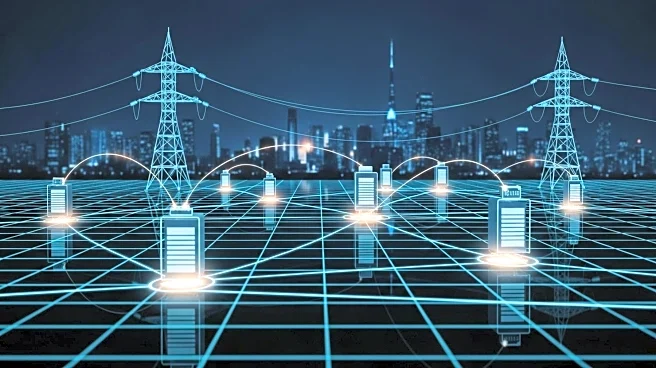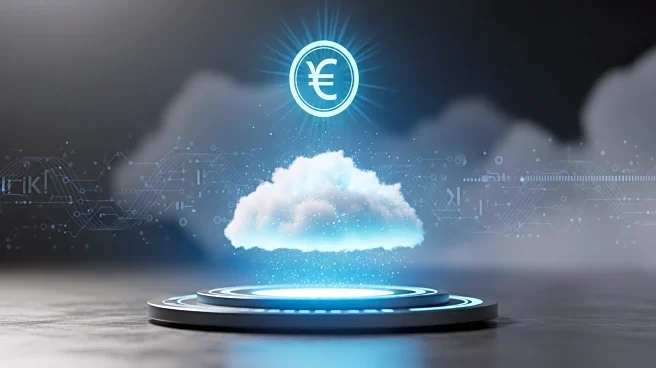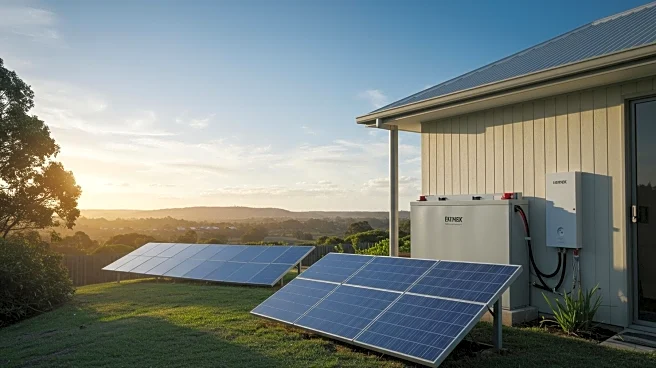What's Happening?
A recent report by the Energy Systems Integration Group highlights the need for utilities to adopt more flexible load forecasting practices to accommodate the evolving energy landscape. The report emphasizes the impact of variable renewable generation, increased electrification, and the rise of customer-sited distributed energy resources (DERs) such as solar, battery storage, and electric vehicles. Traditional forecasting methods are deemed insufficient for managing the complexities of the modern grid, which includes both traditional power plants and intermittent renewables. The report suggests that utilities should incorporate hourly forecasting and greater geographic granularity to better plan for these changes. Additionally, large-load data centers are identified as significant factors in utility planning, requiring more rigorous forecasting approaches.
Why It's Important?
The shift towards more flexible load forecasting is crucial for ensuring the reliability and efficiency of the U.S. power grid. As electrification and renewable energy adoption continue to grow, utilities must adapt to these changes to prevent disruptions and optimize energy distribution. The report's recommendations could lead to improved collaboration between technology companies, utilities, and researchers, facilitating better data-sharing and forecasting methodologies. This is particularly important as data centers, driven by advancements in artificial intelligence, become major contributors to bulk power system demand. Implementing these practices could enhance grid stability and support the transition to a more sustainable energy future.
What's Next?
Utilities are expected to explore new forecasting techniques and collaborate with stakeholders to address the challenges outlined in the report. This may involve developing standardized tools and methodologies for data-sharing and scenario planning. As the energy landscape continues to evolve, utilities will need to remain agile and responsive to policy shifts, technological advancements, and economic factors. The report calls for greater transparency in data center operations, which could lead to more accurate forecasting and planning. Stakeholders will likely engage in discussions to establish best practices and ensure the long-term reliability of the power grid.
Beyond the Headlines
The report underscores the ethical and strategic importance of transparency and collaboration in energy planning. As data centers and AI installations grow, the concentration of power among a few technology companies raises questions about market influence and data accessibility. Establishing standardized forecasting practices could mitigate these concerns and promote equitable energy distribution. Additionally, the integration of DERs and electrification presents opportunities for innovation in grid management, potentially leading to new business models and policy frameworks that prioritize sustainability and resilience.












